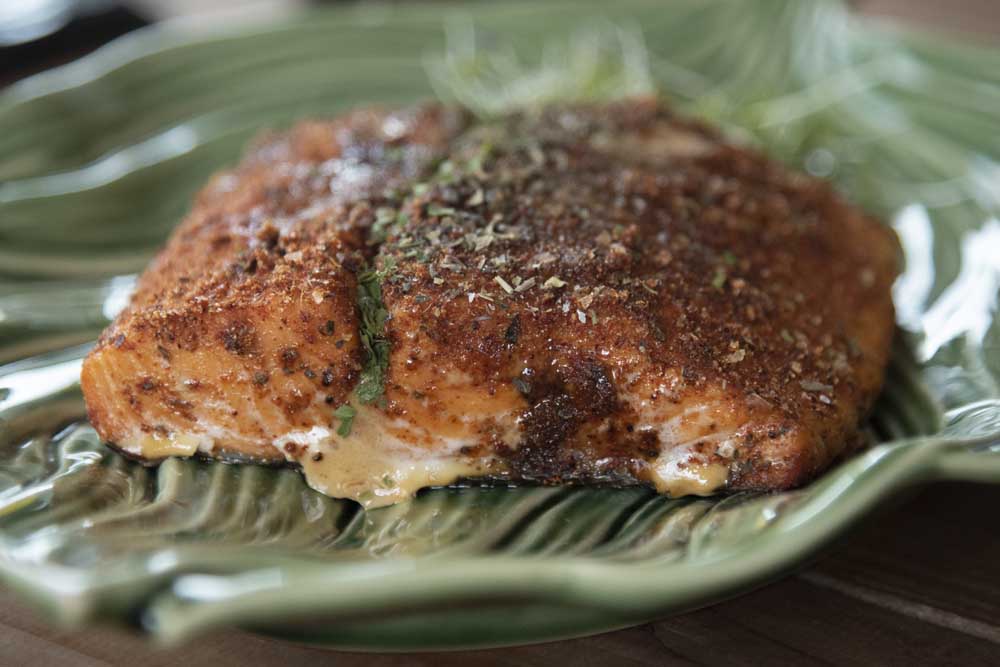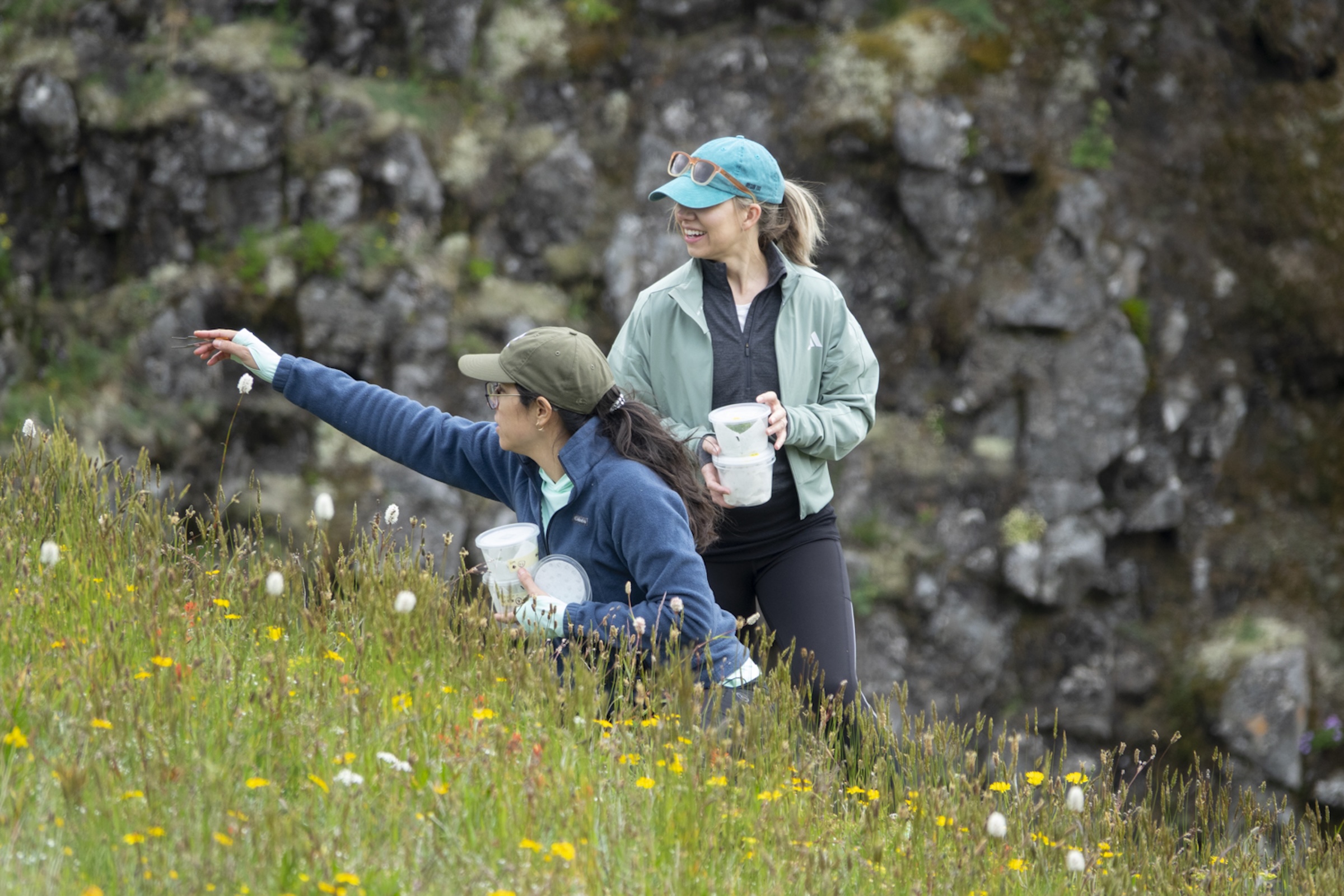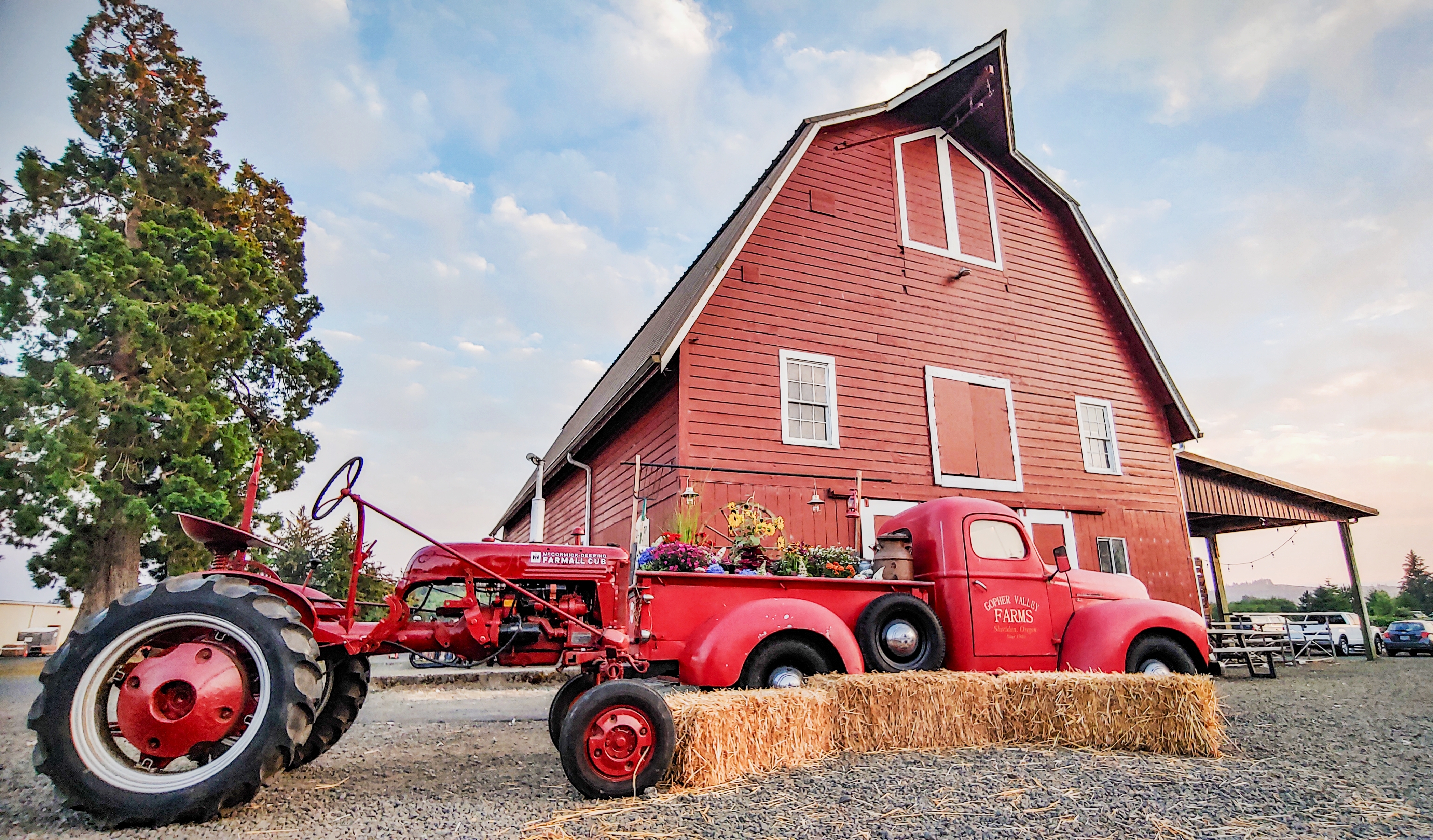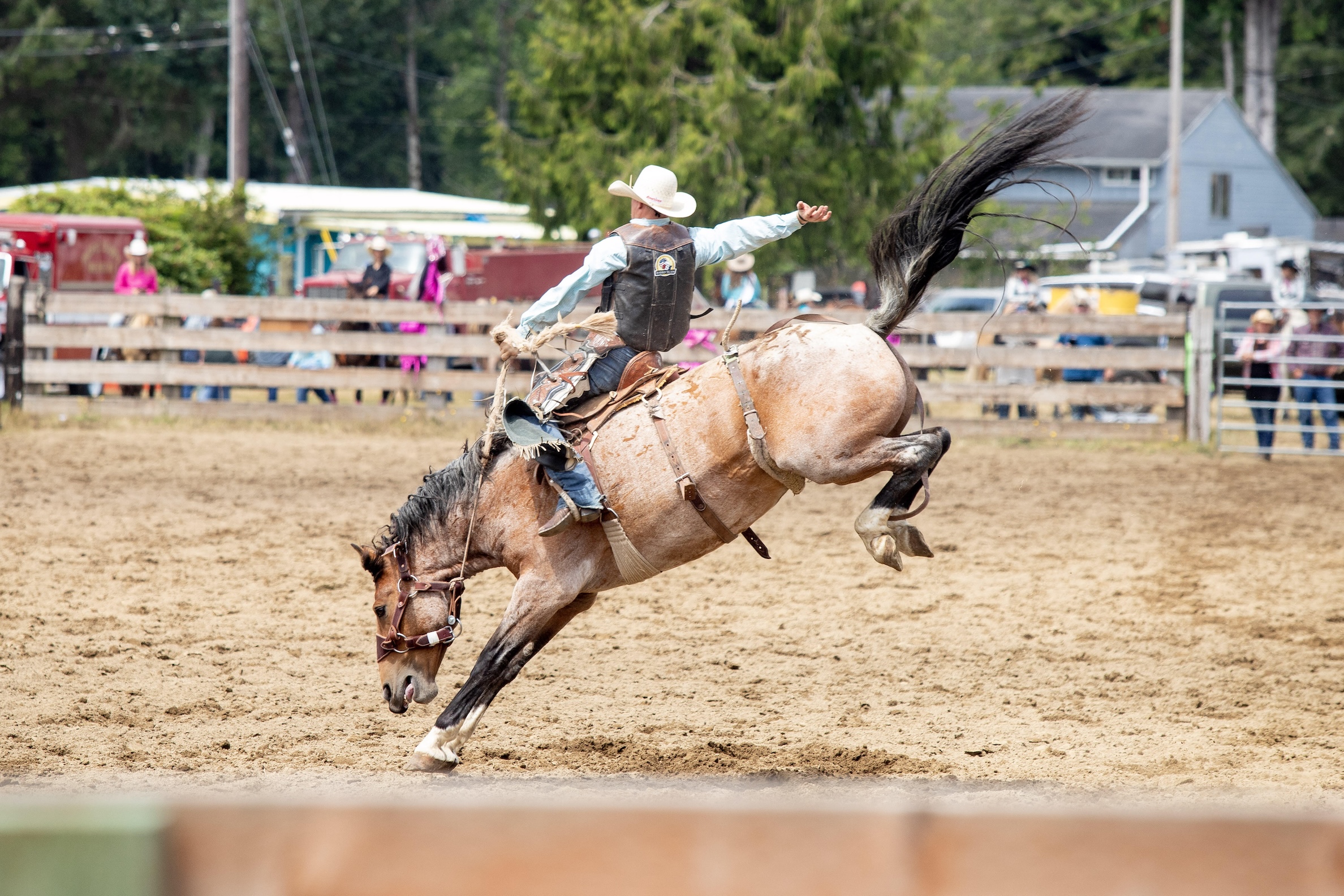A salmon recipe for all seasons
Published 12:15 am Friday, March 24, 2023

- Delicately seasoned salmon.
Through seasons of migration, salmon have long been harvested from the rivers of the Columbia-Pacific region and ceremonially baked. Small, tender pieces were shared among the Chinook people, then the fish’s bones returned to the sea.
Trending
The Chinook were said to canoe far out into the big river they called the Wimahl, the Columbia River. The chief pointed a salmon’s head toward the ocean. They believed that the currents took the remains of the Tyee — a word for the largest of the Chinook, or king — to the birthplace of all salmon. They hoped that the fish would return the following spring.
Today, as then, the salmon remains a bellwether of Northwest health. A fish of distinction, there were three major runs historically, over three seasons. Only winter offered a timeout. Today, the largest returns are from late spring until early fall.
The Columbia River is a mighty body of water. Snaking like a sea serpent for more than 1,200 miles from British Columbia to the river’s mouth at the Pacific Ocean — just a few miles downriver from Astoria — the Columbia ambles, races and finally surges with the tides. The salmon travel quicksilver water through the high desert, the jaw-dropping Columbia River Gorge and finally to the massive river mouth.
Trending
Capt. William Clark declared that a man could walk from shore to shore over the backs of millions of migrating salmon, though current runs have made the fish far more scarce. Encouraging its rebound is the commitment of thousands of biologists, Indigenous people, conservationists and citizens.
As they have for eons, four of the five species of salmon race upriver. Three are most common: the Chinook or king, silver or coho and the chum (also called the dog or silverbrite). This year, there was also a large run of sockeye. And occasionally, a few pink salmon enter the Columbia River Estuary.
Silver and Chinook are the most preferred varieties, but if any salmon is bright, fresh and firm, prepare it with pride and delight. Historically, the Chinook preferred oily chum as their choice for the best smoked fish.
Preparation remains a matter of preference. Delight in seasoning of the river’s prized fish with these three preparations, each for a different season.
Salmon dry rub
Ingredients
• 2 tablespoons Kosher salt
• 1 heaping tablespoon of Hungarian paprika
• 1 heaping tablespoon of raw sugar
• 1/2 teaspoon crushed red chilies
• 2 teaspoons garlic powder
• 1 teaspoon Hatch chili powder
• 1 teaspoon dried basil
• 1 teaspoon mushroom dust
• 1/2 teaspoon of coriander powder
Preparation
Mix all of the dry ingredients and place them into a glass shaker. Generously sprinkle the salmon with the mixture. Cold smoke the fish with alder or apple wood over heat of 170 degrees Fahrenheit for one to two hours, depending on preference.
Spring — Salmon on a cedar plank
Ingredients
• 2-pound filet Chinook or coho salmon
• 1 tablespoon virgin olive oil
• 2 tablespoons dry rub mixture
• Chopped basil and parsley, for garnish
• Flat cedar board, soaked in water
Preparation
Rub the salmon with the virgin olive oil and sprinkle about 2 tablespoons of the dry rub onto the front and back sides of the filet. Soak the cedar plank for an hour in cold clean water and place the filet(s) on the board.
Leave the skin intact and bake the salmon skin side down at 325 degrees Fahrenheit according to size and thickness. Watch for small fat molecules to rise to the top of the fish and turn white. The internal temperature should rise to about 140 degrees Fahrenheit. Serve the fish moist and flaky.
Summer — Salmon barbecue
Combine cold-smoke and slow-barbecue techniques at 170 degrees Fahrenheit. That is, barbecue as normal on low heat, but with wood pieces rather than charcoal. Remember to keep the temperature down.
Marinate the filet, often cutting larger pieces into 1/2-inch to 1-inch strips, each in 2 tablespoons of extra virgin olive oil, white wine, soy and fresh herbs — chopped basil, parsley, fennel and finely-chopped thyme leaves.
Add the mixture to the liquid, saving half for the top of the filet. Pull from the marinade after an hour and place in a smoker or barbecue kettle. Let the fire burn down, which drops and holds a lower temperature. Burn low, go slow.
Another option is to whip 1/4 cup of salted butter with 1/4 cup of fresh basil in a food blender. Warmed lightly, the sauce is refreshing over the cooked salmon.
Fall — Succulent salmon with wild mushrooms and sea beans
Autumn is the harvest season. In the Columbia-Pacific region, that means wild mushrooms such as the chanterelle, king bolete or matsutake. There are dozens more and I’ve never found any edible fungi that I didn’t like. The sea bean prospers in local tidal flats and is considered a delicacy.
Ingredients
• 2 pounds salmon, fileted
• 3 tablespoons butter
• 3 tablespoons virgin olive oil
• 8 to 10 ounces wild mushrooms
• 10 ounces sea beans, soaked in water overnight
• ½ onion, finely diced
• ½ cup heavy cream
• ¼ cup fish or vegetable stock
• ¼ cup dry white wine
• Sea salt and fresh cracked pepper to taste
Preparation
Steam the sea beans for 5 minutes. Strain, then toss with one ounce each of extra virgin olive oil and butter. Salt and pepper, hold while finishing the salmon. A splash of sweet chili sauce is a nice option.
In a nonstick pan, dry saute the sliced mushrooms for about 5 minutes until they shrink in size. Add butter and olive oil, then onion and continue for another 2 minutes.
Deglaze with white wine. Pour in the stock and reduce it a bit more. Add the heavy cream and cook off by a third. Salt and pepper to taste and hold over low heat.
In a medium hot saute pan, brown the salmon filet(s) in the remaining butter and olive oil on both sides. When the color is right and white fat beads up to the top of the filet, reduce the heat to warm.
If the temperature is near 140 degrees Fahrenheit, lay the salmon filet on a warm plate over a layer of sea beans. Top with the mushroom sauce. I love to garnish the plate with fresh fennel. Serves four. Polenta is a wonderful accompaniment. Oregon pinot gris is a great wine pairing for this taste of the Northwest.









